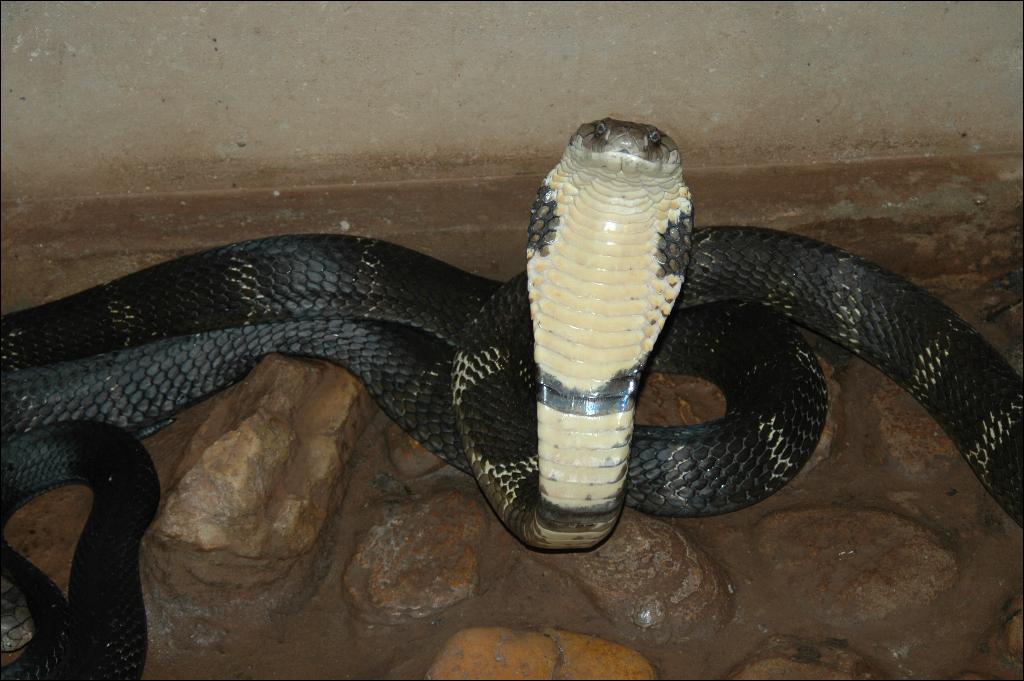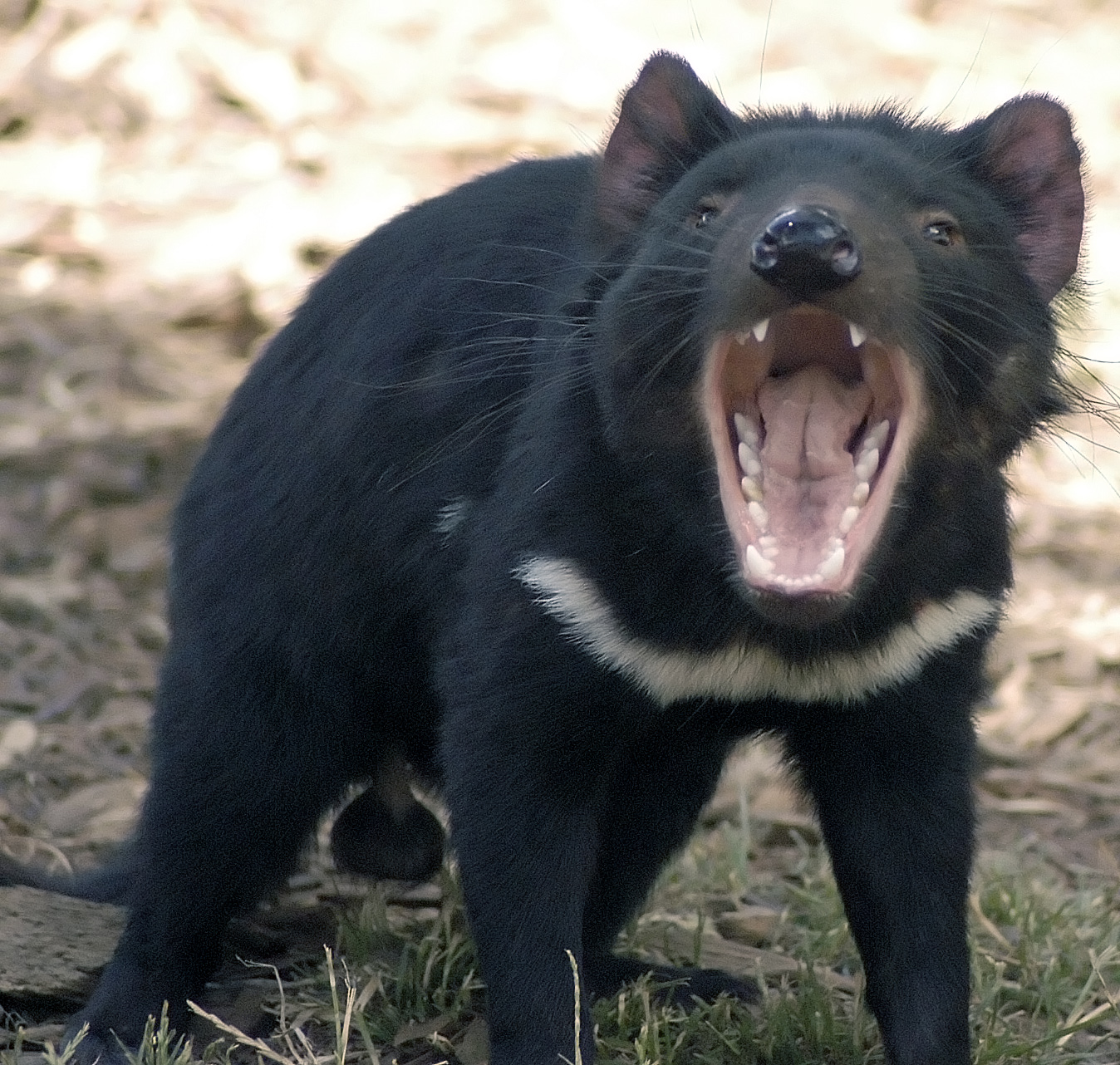5.
Mosquito

Mosquitoes are a vector agent that carries disease-causing viruses and parasites from person to person without catching the disease themselves.
The principal mosquito borne diseases are the viral diseases yellow fever, dengue fever and Chikungunya, transmitted mostly by the Aedes aegypti, and malaria carried by the genus Anopheles. Though originally a public health concern, HIV is now thought to be almost impossible for mosquitoes to transmit.
Mosquitoes are estimated to transmit disease to more than 700 million people annually in Africa, South America, Central America, Mexico, Russia and much of Asia with millions of resulting deaths. At least 2 million people annually die of these diseases.
Methods used to prevent the spread of disease, or to protect individuals in areas where disease is endemic include Vector control aimed at mosquito eradication, disease prevention, using prophylactic drugs and developing vaccines and prevention of mosquito bites, with insecticides, nets and repellents. Since most such diseases are carried by "elderly" females, scientists have suggested focusing on these to avoid the evolution of resistance.
4.
Tiger

Tiger are territorial and generally solitary animals, often requiring large contiguous areas of habitat that support their prey demands. This, coupled with the fact that they are indigenous to some of the more densely populated places on earth, has caused significant conflicts with humans. Three of the nine subspecies of modern tiger have gone extinct, and the remaining six are classified as endangered, some critically so. The primary direct causes are habitat destruction, fragmentation, and hunting
3.
Malayan Pit Viper

This species has a reputation for being bad-tempered and quick to strike. In northern Malaysia it is responsible for some 700 incidents of snakebite annually with a mortality rate of about 2 percent. Remarkably sedentary, it has often been found in the same spot several hours after an incident involving humans. Its venom causes severe pain and local swelling and sometimes tissue necrosis, but deaths are extremely rare.
2.
Camel Spider

The most distinctive feature of Solifugae is their large chelicerae, which are longer than the prosoma. Each of the two chelicerae are composed of two articles forming a powerful pincer; each article bears a variable number of teeth.
While solifuges appear to have ten legs, they have eight legs like other arachnids; the first set of appendages are pedipalps, which function as sense organs similar to insects' antennae and give the appearance of an extra pair of legs. The pedipalps terminate in eversible adhesive organs, which are used to capture flying prey, and for climbing. They stridulate with their chelicerae, resulting in a rattling noise.
Of the four pairs of legs, the first pair are smaller in size, and act as accessory tactile organs used to feel the animal's surroundings, so that only the other six legs are used for running. On the last pair of legs, Solifugae have fan-shaped sensory organs called racquet organs or malleoli.
Like pseudoscorpions and harvestmen, they lack book lungs, having instead a well-developed tracheal system that takes in air through three pairs of slits on the animal's underside. In some species there are very large central eyes that are capable of recognising forms, and are used for hunting. Lateral eyes are only rudimentary, if present at all. Males are usually smaller than females, with longer legs.
1.
Krait

Bungarus species have highly potent neurotoxic venom which can induce muscle paralysis. Clinically, their venom contains mostly pre-synaptic neurotoxins. These affect the ability of neuron endings to properly release the chemical that sends the message to the next neuron. Following envenomation with bungarotoxins, transmitter release is initially blocked (leading to a brief paralysis), followed by a period of massive overexcitation (cramps, tremors, spasms), which finally tails off to paralysis. These phases may not be seen in all parts of the body at the same time. Since kraits are nocturnal they seldom encounter humans during daylight hours, so bites are rare and they may prefer to deliver non-fatal bites, but a bite from a krait is potentially life-threatening, and should be regarded as a medical emergency.
Typically, victims start to complain later of severe abdominal cramps accompanied by progressive muscular paralysis, frequently starting with ptosis. As there are no local symptoms, a patient should be carefully observed for tell-tale signs of paralysis (e.g. the onset of ptosis, diplopia and dysphagia) and treated urgently with antivenom. Prior to the availability of the antivenom,the mortality rate among the victims bitten can be high (the rate is various among different species). There is frequently little or no pain at the site of a krait bite, which can provide false reassurance to the victim. Several websites state the statement that there is a mortality rate of 50% even with treatment, but there is no original source in the medical literature for this statement. The major medical difficulty of patients envenomated are the lack of medical resources (especially intubation supplies and mechanical ventilators in rural hospitals) and the ineffectiveness of the antivenom. Definitive care may also be delayed as patients may first visit the local mantrik or tantrik, a holy person and traditional healer who may attempt to rid the body of the venom with spells or herbal remedies, which are ineffective interventions











